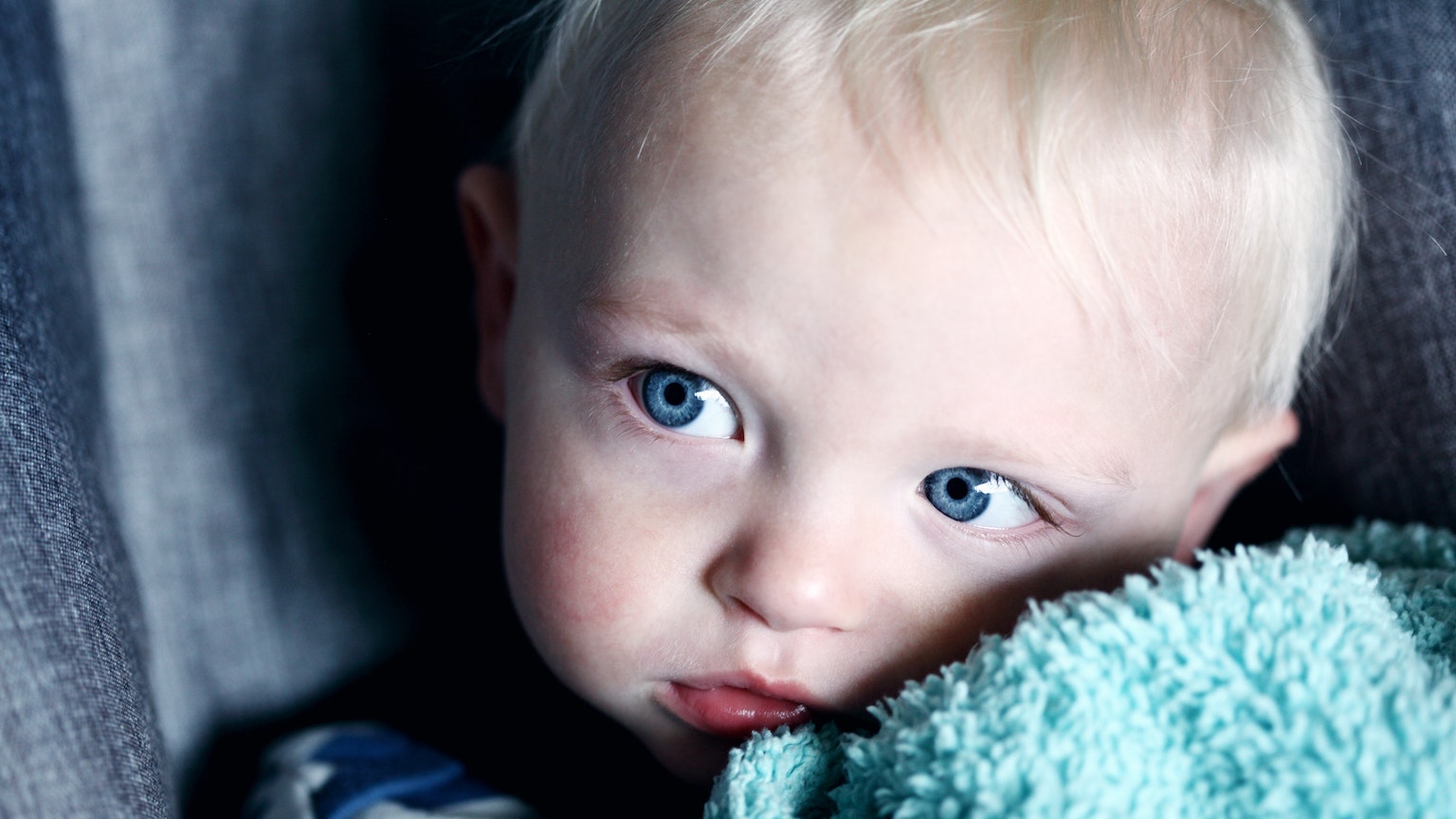Physical vs. sexual desire: Why romantic love can flourish without lust

- In WIRED FOR LOVE: A Neuroscientist’s Journey Through Romance, Loss, & the Essence of Human Connection, Dr. Stephanie Cacioppo explores the nature of attraction and love through a mix of personal experience and neuroscience.
- This excerpt of the book overviews a few key differences between lust, infatuation, and love.
- In terms of behavior, one surprising difference between love and lust involves how we direct our gaze.
Excerpted from WIRED FOR LOVE. Copyright © 2022 by Dr. Stephanie Cacioppo. Excerpted by permission of Flatiron Books, a division of Macmillan Publishers. No part of this excerpt may be reproduced or reprinted without permission in writing from the publisher.
I fell in love with John’s mind. Yet I could not deny that I found him physically attractive: his intelligent eyes, his broad smile, the way he moved, the fact that he was in such great shape. And it makes me wonder, if John were the same person, exactly the same on the inside, but less attractive to me on the outside, would we have clicked the way we did? When I’m in a poetic mood, I answer yes, of course we could have—we could have lived, as E. E. Cummings once put it, “by love alone though the stars walk backwards.” But when I am in a scientific frame of mind, I become curious about the precise role that physical attraction plays in forming long-lasting romantic relationships. Is it possible to have the kind of passionate connection that fires up the love network when there’s an absence or deficit of physical chemistry in a couple? Can love exist without desire?
Poets, songwriters, and philosophers have posed versions of these questions since the dawn of time, yet clear answers have eluded them. Much of the confusion goes back to how we define love. If you’ve ever felt intensely and passionately in love with someone whom you find intellectually and physically irresistible, you know you can’t easily disentangle your feelings. In contrast, if you’ve ever had a friend crush, you know that you can “fall for” someone without wanting to sleep with them. You can develop an intellectual infatuation, thinking about a person obsessively, feeling a jolt of excitement when they send you a text. And yet, the idea of physical intimacy does not cross your mind. This describes all close relationships for the small share of the population—approximately one percent, according to recent studies—that is asexual.
Back in the 1960s, the psychologist Dorothy Tennov surveyed five hundred individuals on their romantic preferences. About 53 percent of the women and 79 percent of the men agreed with the statement that they had been attracted to people without feeling “the slightest trace of love”; and a majority of the women (61 percent) and a sizable minority of the men (35 percent) agreed with the statement they could be in love without feeling any physical desire. To our modern sensibilities, these numbers may seem surprising.
Today we barely need to look at the evidence to know that lust can exist without love. But what about the possibility of romantic love without lust? Can true love ever be truly platonic?
That might sound far-fetched, yet when, in 2009, AARP surveyed a nationally representative sample of more than two thousand American adults about their attitudes around love and relationships, they found that 76 percent of respondents eighteen and older agreed with the statement that true love can exist in the absence of “a radiant/active” physical connection. Women, interestingly, were only slightly more likely to agree with this statement compared to men: 80 versus 71 percent. And history provides many interesting case studies showing that this type of connection is possible.
Take, for example, Virginia and Leonard Woolf. They were lovers in every respect, except physically. To Virginia, romantic happiness meant “everything: love, children, adventure, intimacy, work.” Leonard could give her most of these things. He was a devoted companion, a friend, a collaborator, a guide, and a source of support during artistic and emotional crises. But he was not a sexual partner; Virginia preferred women. And in a letter dating from their courtship period, she confessed her feelings. “I go from being half in love with you, and wanting you to be with me always, and know everything about me, to the extreme of wildness and aloofness. I sometimes think that if I married you, I could have everything—and then—is it the sexual side of it that comes between us? As I told you brutally the other day, I feel no physical attraction in you.”
They married anyway, and for three decades Leonard supported his wife in every way he could. When Virginia took her own life, at age fifty-nine, she left him a note in which she wrote, “You have given me the greatest possible happiness. I don’t think two people could have been happier than we have been.” What is this, if not romantic love? And yet who could also deny that Woolf was missing something that, for most couples, is a necessary ingredient to a lasting, fulfilling relationship?
This gets us back to the sticky issue of definitions. If you define romantic love in a broad and polymorphous way as just a deep affection and attachment, it is of course possible to love a person without desiring them physically. But, if you define love based on its unique neurobiological blueprint, it is clear that desire is not an incidental feature of a loving relationship but an essential ingredient. This desire, as we will discover, doesn’t necessarily need to be sexual but it must be physical. By that I mean it must involve not just the mind but the body as well.
Making Love
When you combine desire and love, you go from having a physical experience to making love. We think of the former as more about the body, more individualistic, more about fulfilling one’s biological desires and needs, more about the now than the future. We think of the latter as less about the body than about the mind or the heart and soul, less about the individual and more about the relationship, less about me than we. When a couple make love they are intentionally fusing together, communicating mentally and physically that which they cannot find the words for, sharing, realigning and resolving differences, embodying the harmony and fluidity and connectivity that couples so often seek.
Yet on a neurobiological level, the more you look at the dividing line between love and desire, the blurrier it gets. Think of a person whom you find extremely physically attractive. As much as you might believe your feelings are merely physical, with every (real or imagined) touch and kiss, your brain is complicating matters. The pleasure you’re experiencing results from the same neurochemicals, from dopamine to oxytocin, that flood your body when you’re in love. This is one of the reasons why people may grow attached to those they once considered just a “friend with benefits.”
Physical intimacy helps us not just form an emotional connection with our partner. It also makes us feel the importance of the physical body, makes us understand what the literary scholar Joseph Campbell called “the rapture of being alive”—which he believed, more than some vague sense of “meaning,” is what most of us are actually searching for in life. The goal, he said, was for “life experiences on the purely physical plane [to] have resonances with our own innermost being and reality.”
We experience and react to desire even before we’re conscious of what’s going on. Let’s say you’re going for a walk in the park on a sunny day and holding hands with your partner. Suddenly, a beautiful runner crosses your path, and your partner’s eyes are drawn like a magnet to the runner’s body. In many cases, your partner won’t even notice that they are looking until you point it out, usually with an annoyed glance.
“What?!” your partner asks, uncomprehendingly.
We rarely realize the extent to which our gaze, our attention, is automatically and unconsciously directed by the nature of our interest in someone. Using eye-tracking studies, which can identify exactly where a participant is looking, my research team and I have found that when both men and women are shown a photograph of someone whom they find physically attractive, their gaze instinctively falls on that person’s torso (even when dressed). But when they look at someone they later say they could imagine falling in love with, their gaze falls directly on the face. And the stronger the potential connection, the more likely they are to focus on the eyes. We knew from previous research that eye contact is one of the most reliable markers of love between couples, but this study showed that people fixate visually more on a person’s face (relative to their body) when they are thinking about feeling love.
Maybe this is a component of what people call “love at first sight”? The fact that our eyes are drawn to someone’s face, the way that I was drawn to John’s when I met him in Shanghai, signals to us that this person may be someone special. The importance of eye contact in loving relationships was indirectly reinforced in 2020 when a team of researchers from the Yale School of Medicine showed that real-time direct eye-to-eye contact awakens activity in a core brain area of the love network—the angular gyrus. In this study, thirty healthy adults (fifteen pairs) were seated across a table from each other. Each partner was asked to gaze at their partner for a total of ninety seconds (alternating every fifteen seconds between direct eye gaze and rest). Overall, these results suggest that reciprocal eye-gaze between partners increases activity in neural circuits that play a key role in love.





